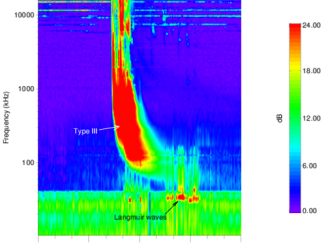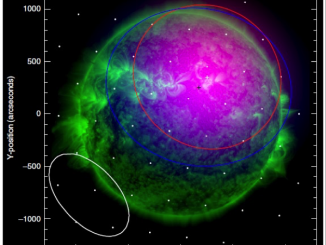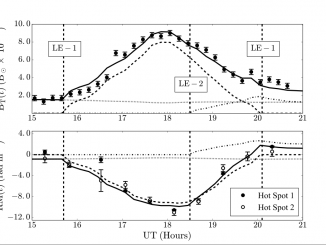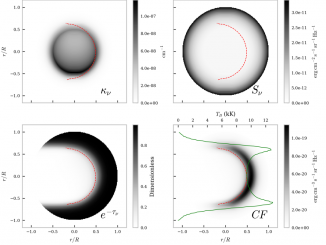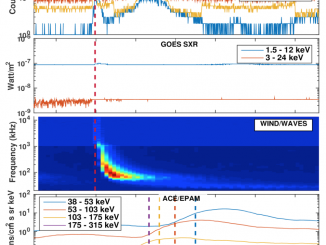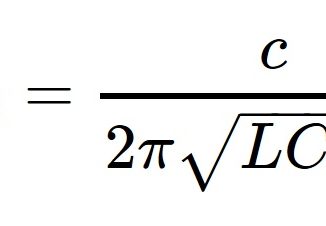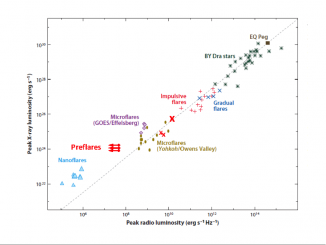Critical Fluctuations in Beam-Plasma Systems and Solar Type III Radio Bursts
by G. Thejappa and R. J. MacDowall
The type III radio bursts are the most intense radio emissions from the sun. In Figure 1, we present a typical type III burst observed by the STEREO spacecraft. Ginzburg and Zheleznyakov (1958) were the first to suggest that Langmuir waves excited by the solar flare accelerated electrons are the source of these bursts. The in situ detection of electron beams and Langmuir waves in association with type III bursts […]

